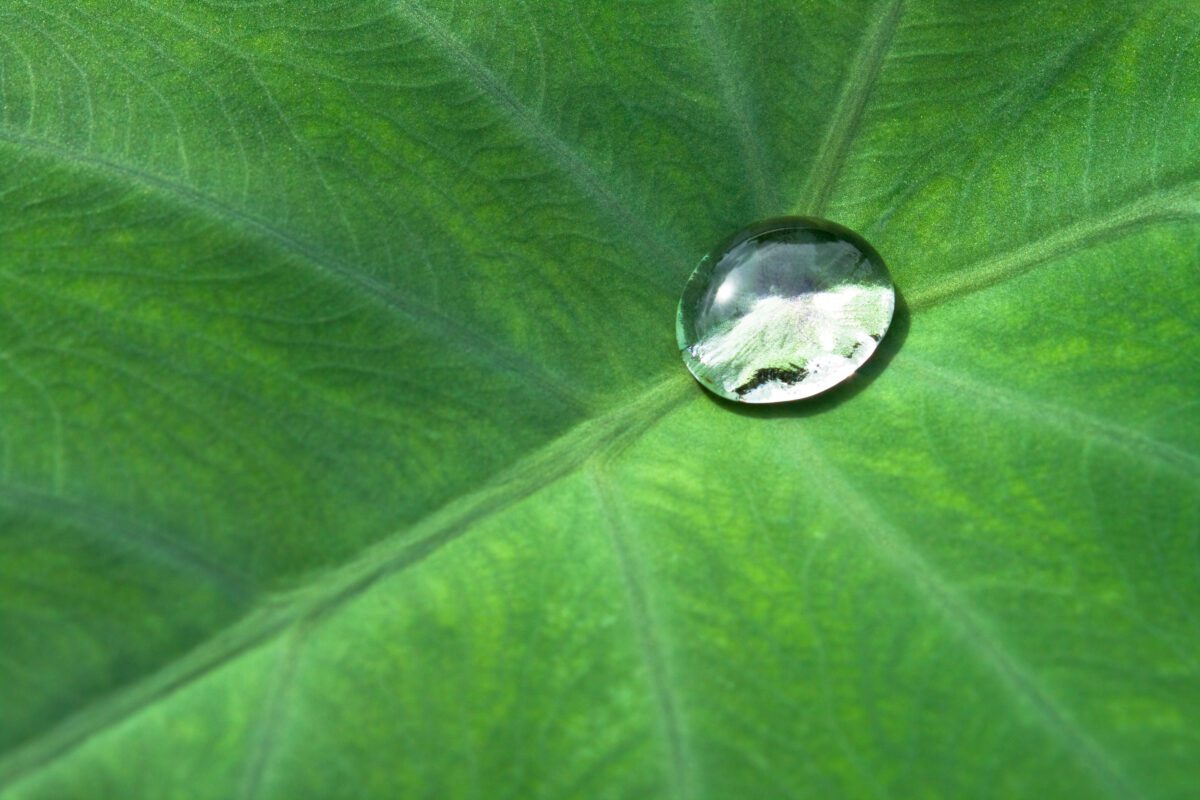Aim, materials & methods – Evaluation of the ocular irritation – GREENQUAT®BT
AIM
The aim of the test is to evaluate whether the tested product could produce an ocular irritation using a 3D model of reconstructed human corneal epithelium (HCE, SkinEthic).
The experimental model proposed, although an in vitro system, allows, without the involvement of volunteers, to obtain useful information in order to predict the activity of the product when applied in vivo.
MATERIALS AND METHODS
Human Corneal Epidermis (HCE, SkinEthic)
To perform the current study, the experimental protocol purposed by the multicentric prevalidation study (Pfizer, Novartis e Johnson & Johnson) for ECVAM (European Union Reference Laboratory for alternatives to animal testing) was performed.
The cellular model used is constituted by inert 0,50 cm2 polycarbonate filters where the transformed human corneal keratinocytes differentiate on for 5 days to produce a cell multilayer (Rosdy and Clauss, 1990).
The inserts and the culture medium are manufactured under high quality conditions and each lot of tissues is quality assured, according to the specific QC standards including histology, tissue thickness, tissue viability, reproducibility and safety. A quality control certificate is provided with every shipment of tissues.
The specifics of the inserts and the medium are reported in the Table.
| Description | Corneal Epithelium |
| Code n. | HCE/S/5 |
| Batch n. | 21-HCE-028 |
| Colture | 5 days |
| Expiration date | May 3, 2021 |
| Description | Maintenance Medium | Growth Medium |
| Batch n. | 21SMM017 | 21SGM045 |
| Expiration date | May 10, 2021 | May 10, 2021 |
Table: Technical data of the inserts and the culture medium
ANALISYS OF THE OCULAR IRRITATION
After arrival, the human corneal epithelial tissues cultures were placed in 1 ml of maintenance medium (6-well plate) and, after the verification of absence of air bubbles underneath the culture inserts was verified, incubated at 37°C, 5% CO2 in a humidified incubator overnight.
After this equilibration period, triplicate in vitro cultures (0.5 cm2) were transferred into a 24-well plate, containing 300 μl of fresh maintenance medium per well for treatment.
The product (30μl + 10μl of PBS), positive (30μl methyl acetate + 10μl of PBS) and negative (30μl PBS) controls were applied topically. All the samples were spread carefully onto the epithelial surface, so that the complete area was covered.
After 30 min of treatment, the tissues were carefully rinsed with saline phosphate buffer (25 times) and blotted on sterile absorbent material.
Then, the inserts were transferred to a freshly medium for 30 minutes and incubated at 37°C in humidified atmosphere of 5% CO2. After the equilibration time, MTT assay for cell viability was performed incubating inserts for 3 h in a MTT solution.
The MTT test is a colorimetric cytotoxicity assay used to test the cell proliferation and viability on the basis of mitochondrial respiration efficiency (Mosmann 1983). MTT (bromide 3- (4,5-dimethylthiazol- 2-yl) -2,5-diphenyl tetrazolium) is a tetrazolium salt which is reduced from the highly reducing agent in the mitochondria of viable cells by the action of mitochondrial dehydrogenase. MTT reduction determines the formation of formazan crystals which give the characteristic purple color to the mitochondria of viable cells. In contrast, in cells suffering or death, lacking active mitochondria, MTT will not be reduced resulting in a less intense or absent purple coloration. Although MTT assesses cellular respiration, it is considered an excellent method for the determination of cell viability since the relationship between mitochondria efficiency and cell viability.
The HCE tissues were removed from the MTT solution, blotted on absorbent material and immediately transferred to a 24-well plate containing 1.5 ml of isopropanol per well.
The plates were shaken for 4 h at room temperature to dissolve formazan crystals out of the tissues. Three 200 μl aliquots of the solution were transferred to a 96-well plate and optical density (OD) of each well was measured at 570 nm with a microplate reader.
The percentage variability of each of the treated cultured was calculated from the percentage MTT conversion in the test chemicals treated cultures relative to the corresponding negative controls (100% viable).
The equation used was:
Viability (%) = [OD (570nm) test compound / OD (570nm) negative control)] x 100

